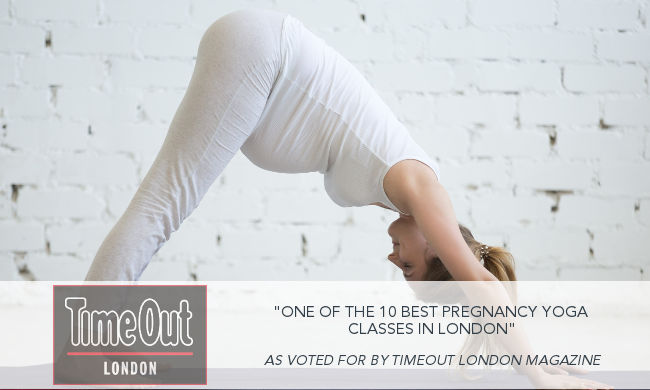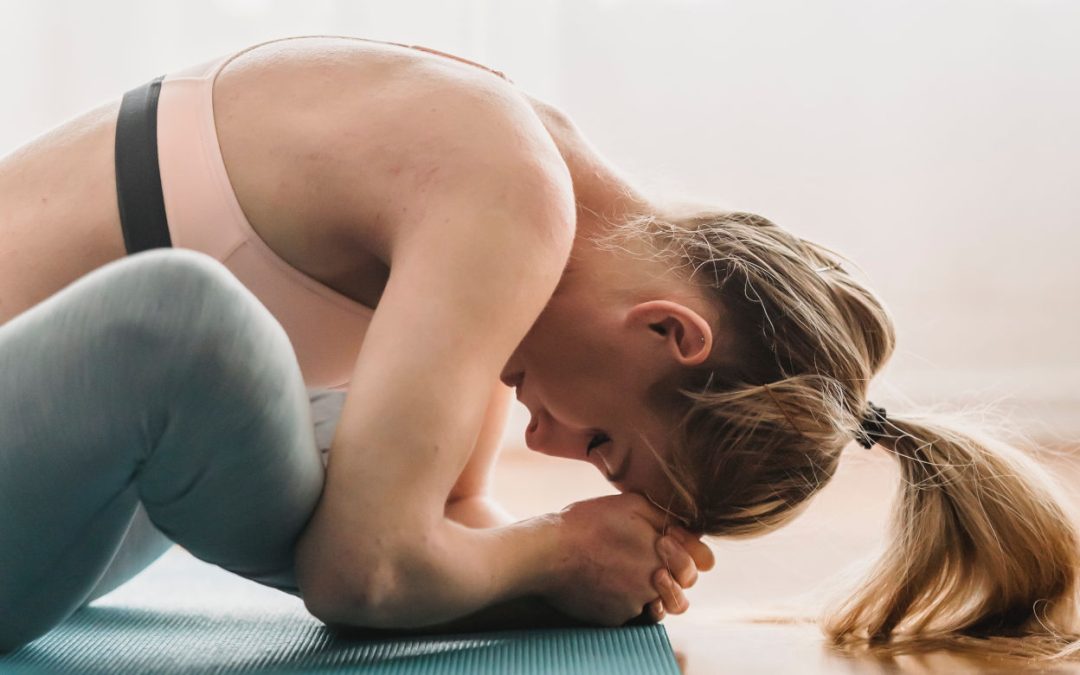Many people often ask me what the difference is between Yoga and Pilates and if there is point practising one if they already practise the other.
WHAT IS YOGA?
Yoga is an ancient practice and can be traced back more than 5,000 years to India. The word yoga means “to yoke”; a union of mind, body and spirit, making it a spiritual tradition. Yoga aims to purify the mind and body, and the Eight Limb Path practised in some yoga traditions offers ethical principals to follow. By following this path, one can transcend the ego and awaken the spiritual energy hidden within, thus revealing our highest capabilities.
The physical practice of yoga poses (asanas) is what many people in the West are attracted to initially. The physical effects include toning, lengthening and strengthening of the body. Whereas, the feelings of well-being brought about by practising yoga is what can often be the start of a yogic journey… It is, so to say, a journey within.
WHAT IS PILATES?
Pilates is a much newer practice in comparison to yoga. Joseph Pilates created this system in the early 20th century in order to assist his recovery from injury and poor health. He used his knowledge of the physical body to create a system based very much on the core (abdominal and back muscles), incorporating breathing techniques while performing exercises. It consists of performing controlled repetitive actions in order to tone and strengthen the body. This can improve posture and alignment, while creating a feeling of well-being and bodily awareness.
There is a big cross over in terms of the physical practice of these two disciplines. Many of the poses performed in Pilates come directly from yoga. The core strength used in Pilates is also present in yoga. The ancient yoga practice of Moola Bandha and Uddiyana Bandha (root lock and upward flying lock) essentially strengthen and lift the pelvic and abdominal area, toning the perineum and the transverse abdominals.
SHOULD I PRACTISE BOTH?
As mentioned above, there are a lot of similarities between yoga and Pilates. It is now quite common to find classes using a fusion of the two. This, in some ways, allows you the best of both worlds. Not all yoga teachers will teach core strength (Moola Bandha and Uddiyana Bandha) in their classes. Students of BKS Iyengar do not mention these words, but do activate abdominal muscles while practising yoga. Concentrating purely on this area in Pilates can be of real benefit to your yoga practice.
I think you can combine the two disciplines. Yoga, unlike Pilates, has its foundation in a (non-religious) spiritual practice. This, ultimately, could determine the path you choose to follow. Those looking for spiritual enlightenment will be attracted to the study of yoga and its ancient traditions. Whereas, those looking to strengthen and tone the body whilst using breathing techniques will probably opt for Pilates… The choice is, as they say, yours!
YOGA & PILATES AT YOGA MAMA
As part of our wellness services, we offer a number of Yoga and Pilates classes from a variety of disciplines at our studio in Putney. Consult our timetable to see when classes run.






